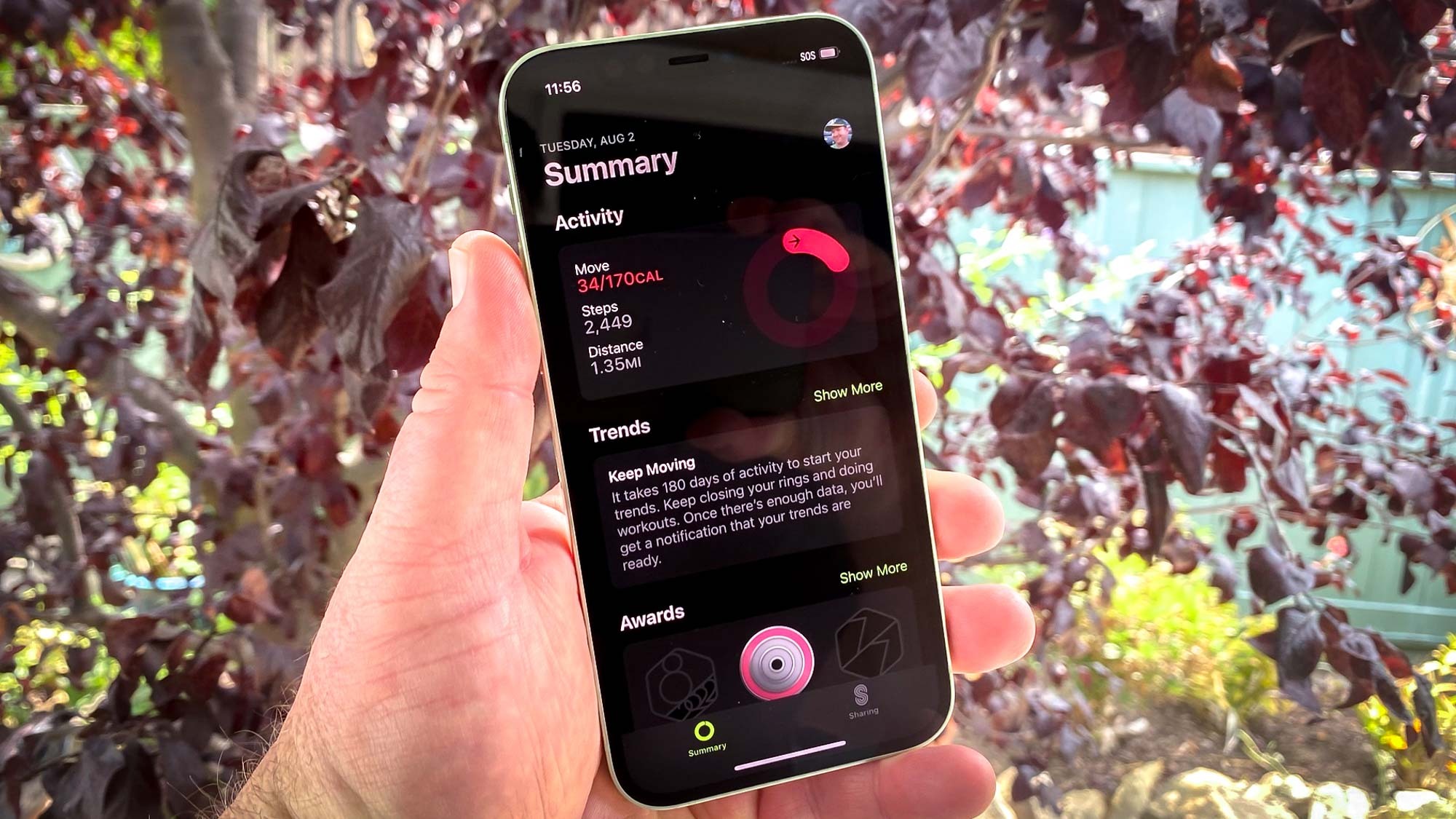An invasive lobster-like 'beast' has caused concern in Greenfield after it was found on the banks of the Huddersfield Narrow Canal. The crustacean was found on Tuesday (April 15) with chunky claws and measuring around 20cm long and 3cm wide. It was found dead, with a cracked shell, on the bank of the Huddersfield Narrow Canal near the Tollemache Arms.
Due to the larger size and thicker claws, the finder posted to social media that he believed the animal was an American signal crayfish. According to the Canal and River Trust (CRT), signal crayfish are brown-red in colour and have bright red undersides with a small white or turquoise mark on top, near the claw hinge, which matches the description of the one found. The crustacean matches the description of a signal crayfish (Image: Dominic Bamber) The species grows larger than the native English species, the white claw crayfish.

England's native crayfish are in a state of fast decline, with their numbers having reduced by more than 50 per cent since the 1970s. This decline continues as a result of the introduction of the American signal crayfish, which are aggressive, breed faster and damage river banks with their burrowing, according to the CRT. They were brought over to England from North America in the 1960s, when they were bred on farms for restaurants to serve as a delicacy.
However, the species managed to escape the farms and quickly spread throughout the UK. Explaining why the crustaceans are so dangerous to England and its native species, the CRT said: "Drawn to mainly still or slow-flowing freshwater habitats, signal crayfish can burrow two meters deep into waterway banks, causing extensive damage and leaving canals vulnerable to collapse. "They are able to cross land, and break through natural and artificial barriers.
"As opportunistic omnivores, signal crayfish aren't fussy about what they eat. "They consume anything from algae and aquatic plants to small invertebrates and fish, which is negatively impacting native ecosystems and food webs. "However, the species that has suffered the most is our native white-clawed crayfish , which is now protected and heading towards extinction.
"The American signal is larger and more aggressive, outcompeting its docile cousin for habitat and preying on their young. "It also carries a fungal disease called 'crayfish plague', which is fatal for the white-clawed, and can be spread by wet footwear and equipment." It's not the first time the creatures have been spotted in Oldham, with one spotted in Daisy Nook Country Park in September 2023.
The crayfish spotted in Daisy Nook (Image: Katrina Martin/Facebook) In Delph, native white claw crayfish are thought to be surviving well, with it taking part in a population survey in 2006. Comments under the social media post also said that the canal through Greenfield is 'teeming' with crayfish. The CRT said native crayfish have an important role in the freshwater environment because of their diet, as well as providing food for other animals, such as fish, herons and otters.
They are also important indicators of good water quality as they are intolerant of pollution. Because of the risk they pose to the native species, it is illegal to release or allow the escape of American signal crayfish, but it is also illegal to keep them and an application for trapping must be made to the relevant environmental protection agency. The man who found the signal crayfish, Dominic Bamber, said he had reported its presence to the Environment Agency and reported it to the Biological Records Centre.
.
Health

Concern over invasive lobster-like creature found at canal

Residents in Greenfield have been left concerned for local fish after an invasive lobster-like creature was spotted














